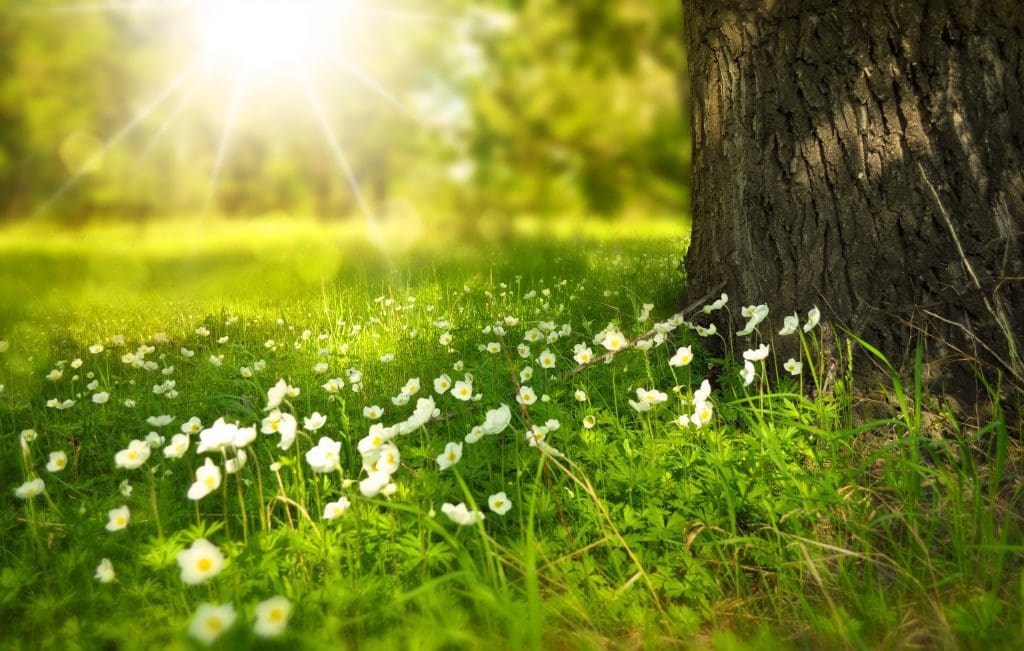Do you use flash for nature photography? Nature photographers rely mostly on natural light. And they’re right to do so because there’s nothing better for photography than sunlight. However, even in a natural environment, a flash can be useful in many situations. As almost any camera comes with a built-in flash, you don’t have to carry additional equipment. You just have to learn how to use it to your advantage and how to combine the light of the flash with ambient light. If you recognize yourself in the following situations, give flash a chance and see what it can do for your photographs.
You take photos in bad weather
There are plenty of good subjects that happen more often in bad weather. Droplets on flowers and plants, dewdrops, fog, snowflakes, and other subjects appear with predilection when few photographers adventure outside. Furthermore, weather is unpredictable and a sunny day can transform into a cloudy one in minutes. If you don’t want to wait for the perfect weather, you can use a flash to improve the lighting conditions. Set the flash to manual mode and reduce its power to match ambient light without overpowering it. You’ll have enough light to maintain a fast shutter speed and low ISO settings but still get the perfect exposure and color accuracy.
Photo by Matthias Cooper from Pexels
You take close-up and macro photographs
Due to magnification and small camera-subject distance close-up and macro photographs have a shallow depth of field. Sometimes, the depth of field is so narrow that you can’t have the entire subject in focus. To increase the depth of field you have to decrease the aperture but that means less light coming into the camera and leads to slower shutter speeds or higher ISO values.
Here is where the flash comes in. Using an additional source of light allows you to decrease the aperture without the need to compensate with slower shutter speeds or higher ISO values. Using flash in macro and close-up photography allows you to freeze the movement and avoid the risk of camera shake blur and ISO noise. If you think the light of the flash is too harsh and artificial for your subject, you can use a light diffuser to make it smoother and more natural-looking. Also, keep in mind that you can correlate the power of the flash with the intensity of ambient light.
You want creative effects
An artificial source of light allows you to create more interesting compositions. You can’t change the direction and intensity of sunlight but you can choose where to place a flash, how powerful it should be, and even the color of the light. Try an external flash or a mounted one to have more possibilities. You can illuminate the subject from lateral or from behind and achieve silhouettes or new perspectives.
But even with the built-in flash, you can do a lot. For example, if you place the light of the flash on the subject and use it at full power, the background will appear black. It’s a dramatic effect that makes the subject stand out and hides a busy background.
Using the flash for nature photography gives you more options. Sometimes it saves you from bad lighting conditions other times it gives you more creative freedom. You don’t have to use it for every photo but acknowledge its benefits and learn to control it. The flash adds a new element to your composition. It’s up to you to decide if it gets a larger or smaller role. Nevertheless, aim for natural-looking results and remain truthful to the beauty of nature.

